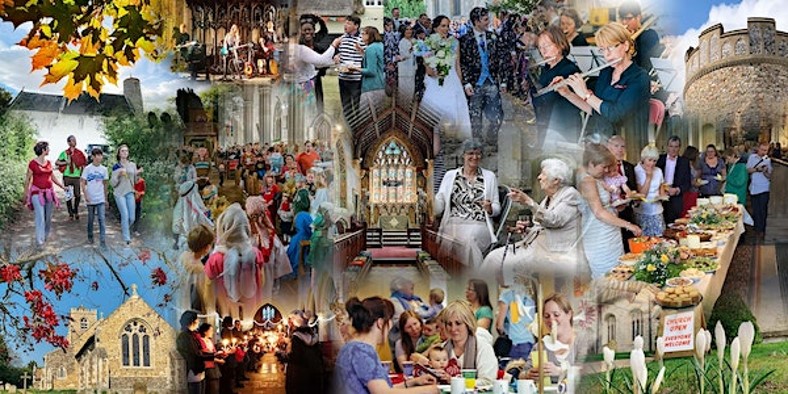
Audit finds the future of rural churches lies in their significance as assets for the wider community.
A third of church buildings cost more money each year than they are able to raise and only one in five is financially profitable, according to an audit of churches carried out in Cambridgeshire and West Norfolk.
The Report, published today [available to download from this page] by the Cambridge Judge Business School (CJBS) and the Diocese of Ely, says that churches will need to strengthen their usefulness to communities and find innovative ways to remain financially sustainable if their future is to be secured.
Researchers surveyed all 334 churches in the Diocese of Ely, receiving responses from 73%. They found that churches played a significant role in communities with three-quarters of respondents noting that the closure of their local church would have a “devastating impact”. Church buildings were most valued for providing rites of passage services (78%), being a place for religious worship (72%) and offering a quiet space for reflection, thinking, and meditation (69%).
“Evaluating the success of the church in terms of the amount of funds it raises and the size of its congregation undervalues the contribution that churches and church buildings make to a community,” said lead author Helen Haugh, Associate Professor in Community Enterprise at Cambridge Judge Business School and Research Director at the Cambridge Centre for Social Innovation at Cambridge Judge. “There are options for churches that struggle with financial sustainability, the least preferred of which is to close the church. Our research is about finding ways to keep churches open.”
The audit assessed the wider community use of church buildings and the contribution that churches made to the common good. They found that three-quarters of church buildings held community activities in 2019, an increase of 27% since 2012.
“These ranged from blood donation to debt counselling and coffee mornings to concerts,” said Dr Timur Alexandrov, Postdoctoral Research Associate of the project.
“Churches want to work in collaboration with communities,” said Haugh. “I was surprised by how innovatively church buildings are being used. For example, one is used as a space for a circus troupe to practice in – they needed a high ceiling!”
REACH Ely (Reimagining Churches as Community Assets for the Common Good)
The study, REACH Ely (Reimagining Churches as Community Assets for the Common Good), gives ten recommendations for churches to connect with the wider population. These will support the Diocesan Strategy for growth to the year 2025 and beyond - People Fully Alive: Ely 2025. The free resources are available online to help churches plan for the future and engage with their local communities.
The recommendations include replicating events that generate a high footfall, using social media to reach a wider audience and integrating with the community by partnering with schools and co-organising events for children at church buildings and church halls.
Tools being made available to churches include video interviews, developed by Dr Alexandrov, with churches who have been successful at embedding themselves in their local communities, guidance documents and templates to assist with the process of re-imagining church buildings as community assets.
“Over the past three years the work of REACH Ely has discovered some real secrets of success for rural churches,” said Geoffrey Hunter, Head of Church Buildings and Pastoral at the Diocese of Ely.
“The project has revealed a hunger for change, with many churches planning for their futures. Through a combination of videos, guidance and practical tools, we will be helping to replicate the success stories, so more of our churches can look forward to a sustainable future as community assets, loved and supported by all.”
The project was implemented by the Diocese of Ely and Cambridge Judge Business School with the support of Benefact Trust and Historic England.
Further Information
- More about the REACH Ely Project can be found here.
- Project outcomes and Tools for churches can be found here
- Video resources from the project can be found on the Diocesan YouTube channel here
